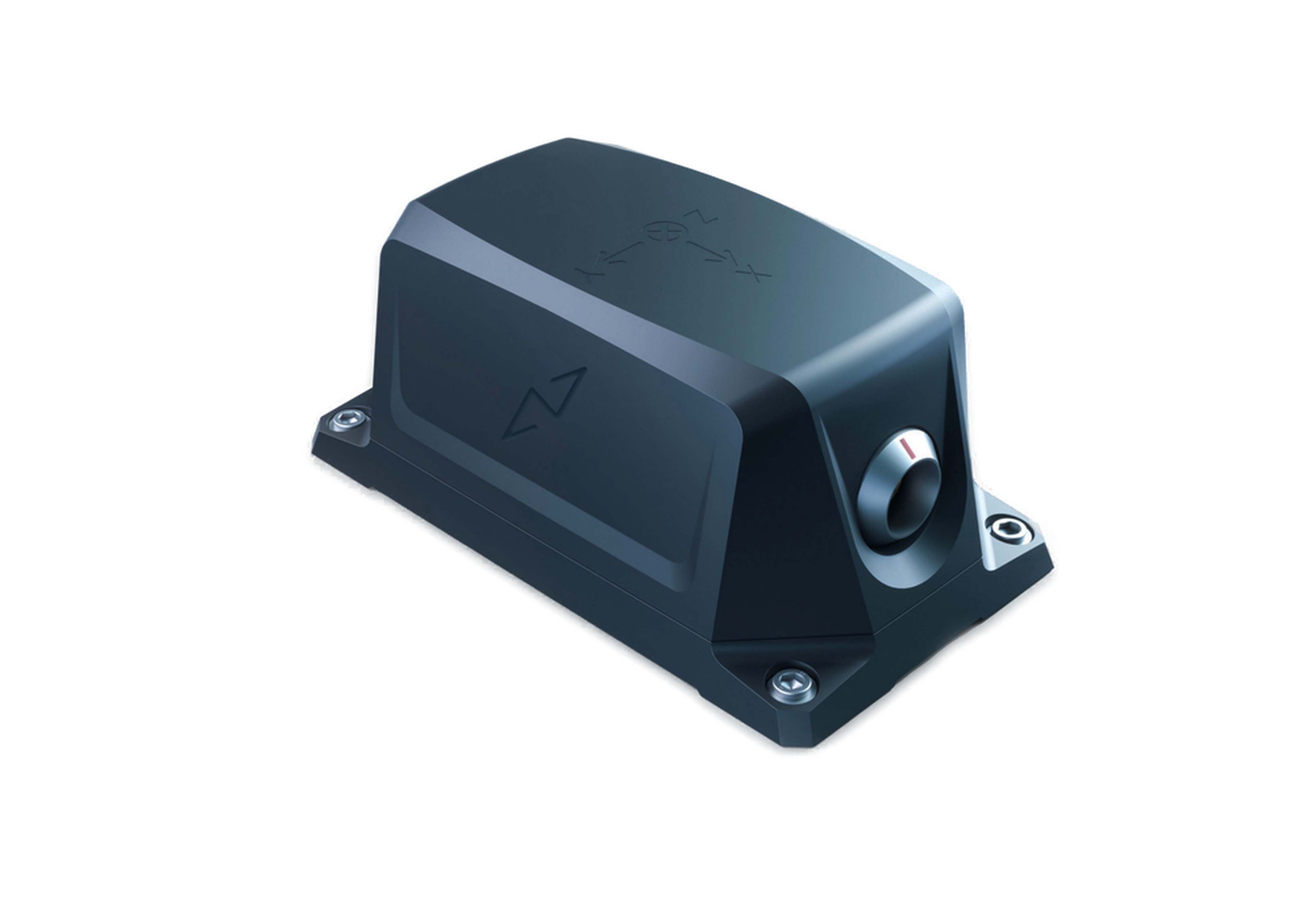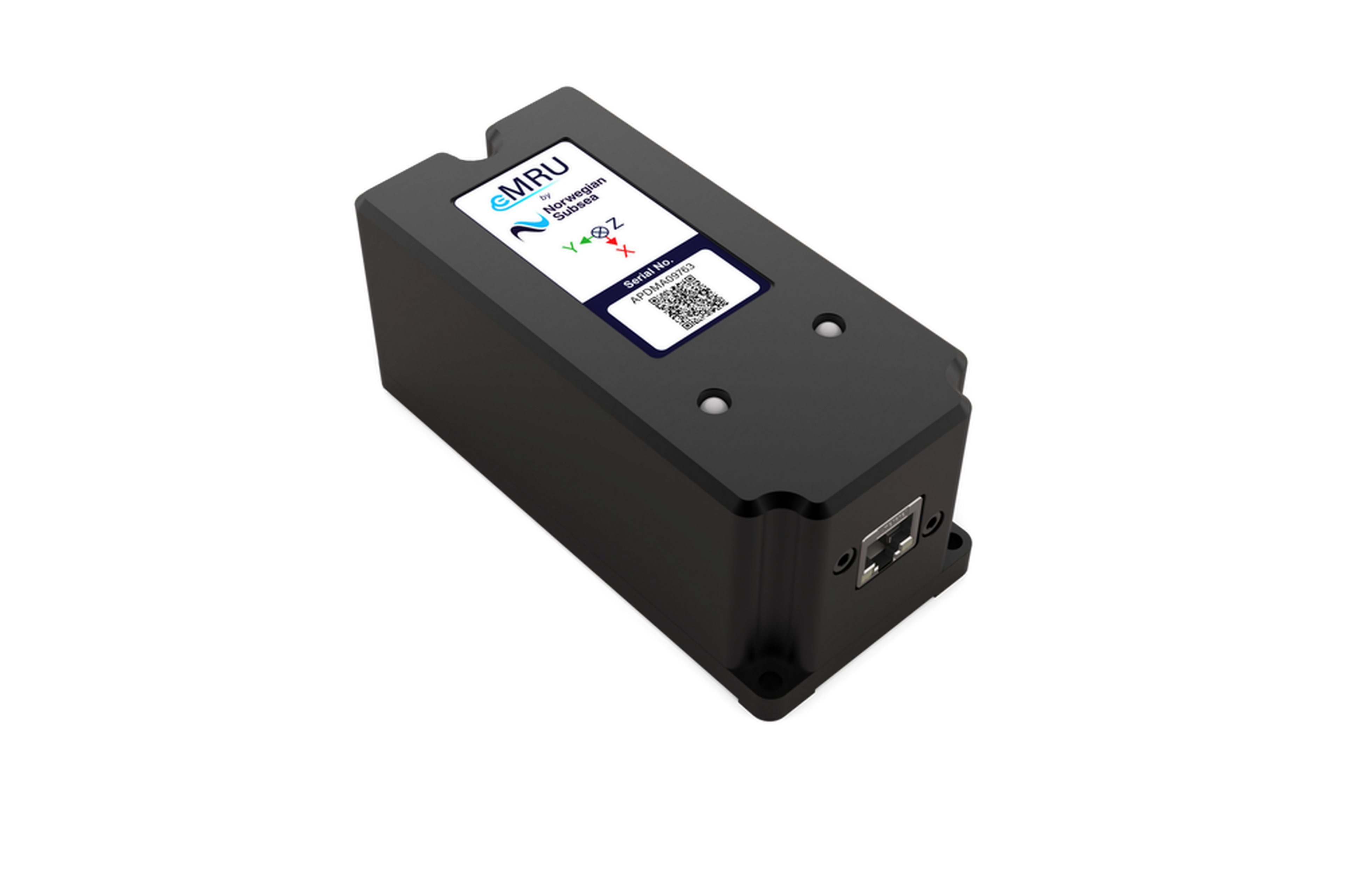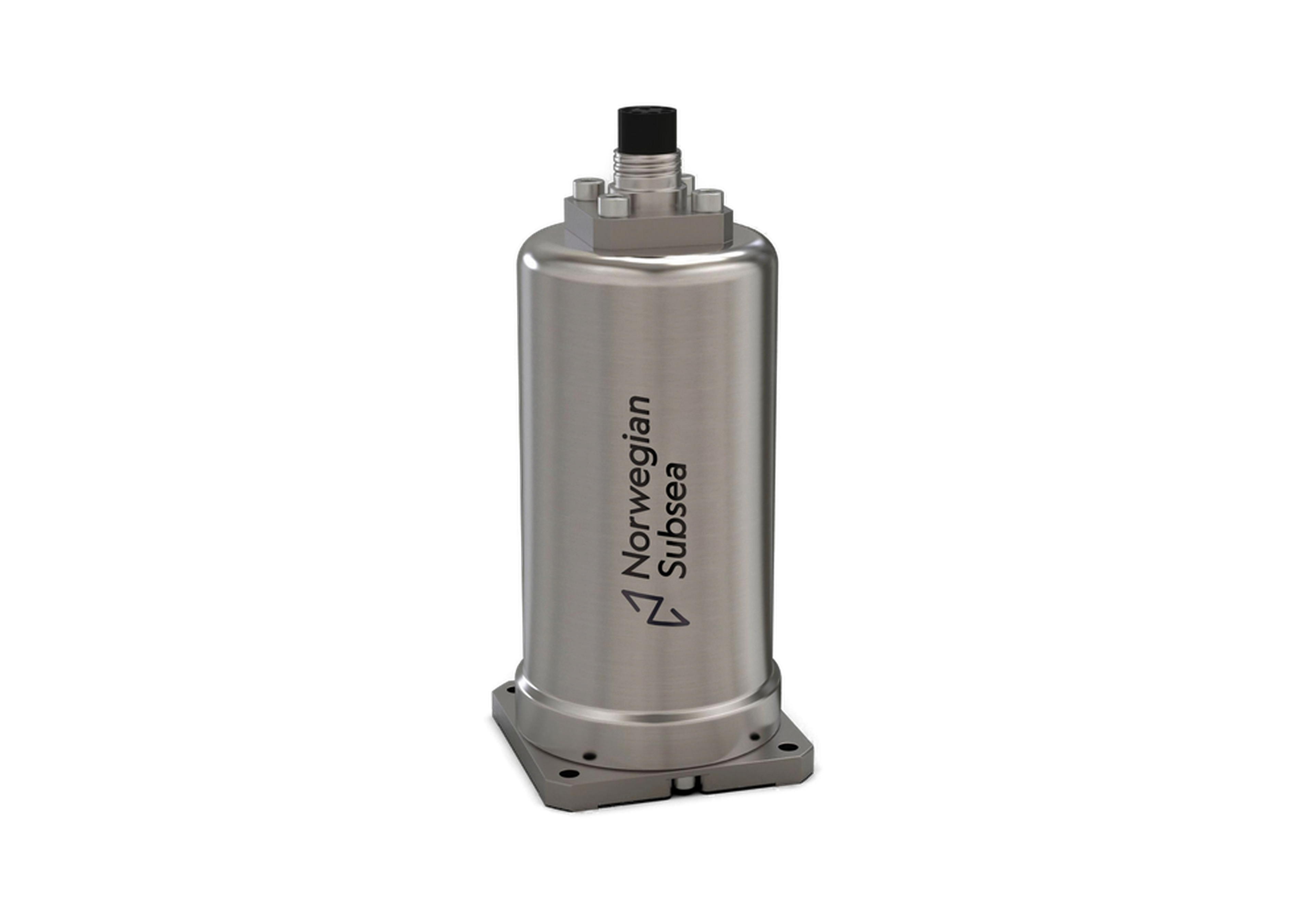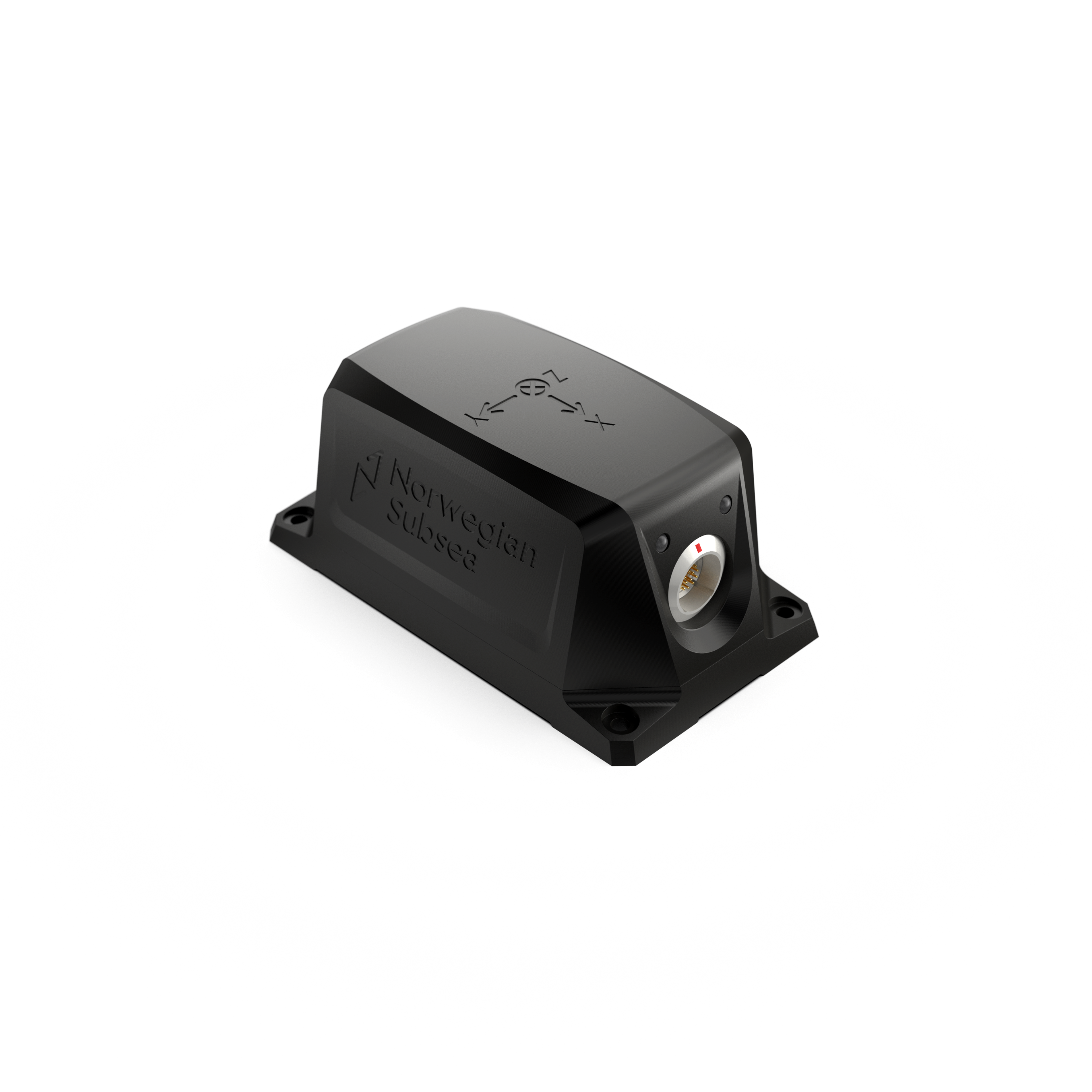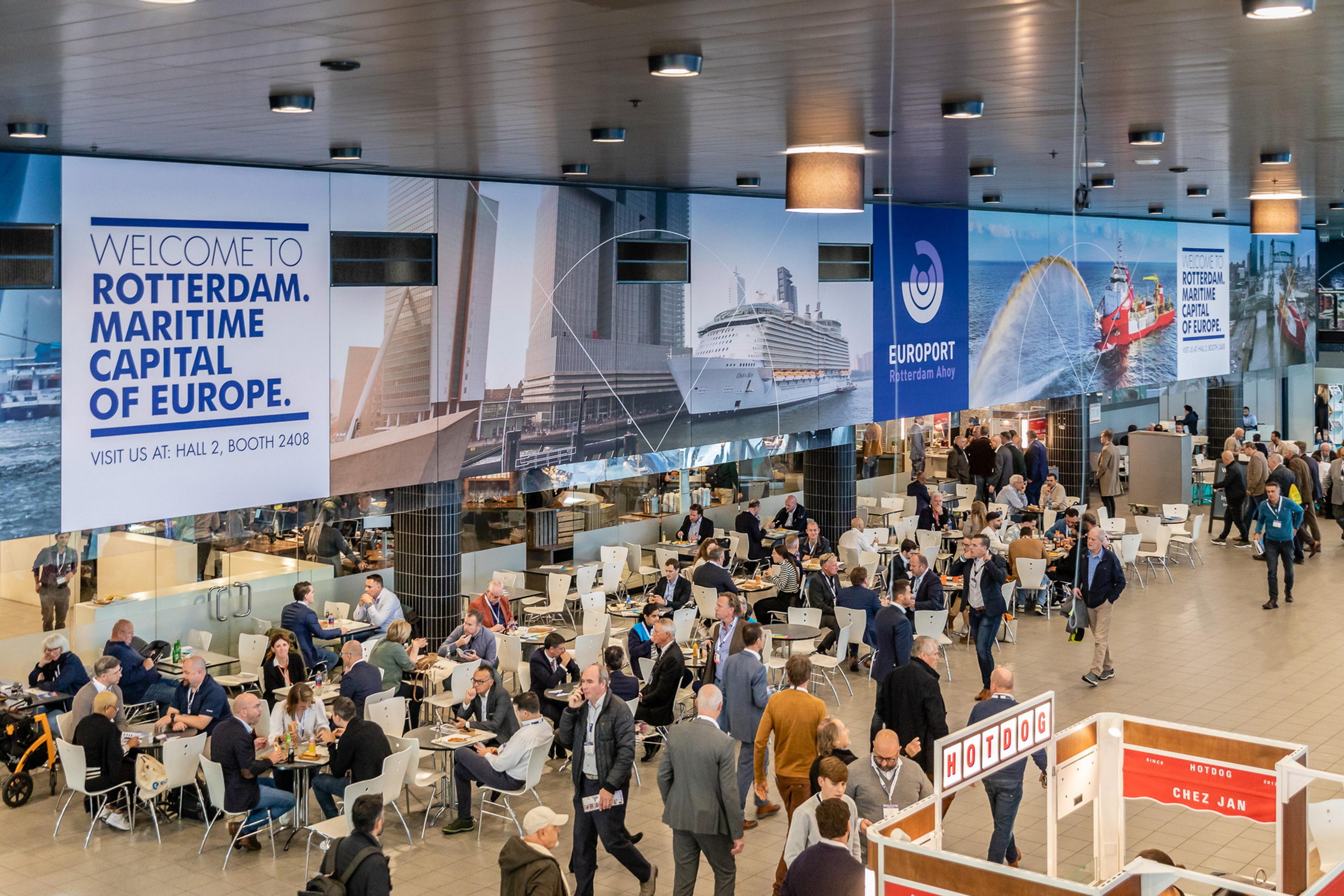What is a Roll and Pitch Sensor?
When navigating the complexities of motion sensing and navigation systems, it is essential to understand the distinctions between devices and systems like Inertial Measurement Units (IMUs), Inclinometers, Roll & Pitch sensors, Vertical Reference Units (VRU), Attitude and Heading Reference Systems (AHRS), Motion Reference Units (MRUs), Gyrocompasses, and GNSS-Aided Inertial Navigation Systems (GNSS/INS). Each serves specific purposes and offers different levels of functionality, accuracy, and application scope.
Roll & Pitch Sensor
Definition: A Roll & Pitch sensor, also known as a dynamic inclinometer, is a device designed to measure an object's attitude (roll and pitch). It incorporates gyroscopes to enhance its dynamic measurement capabilities. Compared to an inclinometer, a Roll & Pitch sensor is more advanced, featuring an onboard processing unit that performs basic sensor fusion by integrating gyroscope data. While it offers improved performance over inclinometers (compensating for errors caused by non-gravitational accelerations) it is less accurate than a VRU or MRU due to the use of lower-quality accelerometers, gyroscopes, and less sophisticated sensor fusion algorithms in its onboard processing unit.
Key Features:
Sensors Included: Accelerometers and gyroscopes.
- Output: Measures rotation around two axes, roll and pitch, with enhanced dynamic measurement capabilities compared to an inclinometer
- Functionality: It delivers improved attitude measurements (roll and pitch) in dynamic conditions compared to an inclinometer, but falls short of the accuracy achieved by a VRU or MRU.
- Applications: Used in less critical systems that do not require highly accurate roll and pitch measurements in dynamic conditions. These systems can tolerate some movement and vibration, but their accuracy decreases as movement and vibration increase.
Example Uses:
- Orientation Monitoring: For smaller vessels, barges, and buoys.
- Control Systems Feedback: For stabilizer fins in smaller boats.
- Stabilizing Platforms: Such as cameras and antennas.
Selecting the appropriate sensor depends on the required measurements, environmental conditions, and budget.
- Use an IMU when you need raw acceleration and rotational data.
- Use an Inclinometer for simple, static tilt measurements.
- Use a Roll & Pitch Sensor for lower-level attitude measurements in a dynamic setting.
- Use a VRU when precise roll and pitch measurements are needed in a dynamic environment.
- Use an AHRS for roll, pitch, and heading data.
- Use an MRU for comprehensive motion data in dynamic marine environments.
- Use a Gyrocompass for accurate true north heading.
- Use a GNSS/INS for continuous, absolute position, velocity, and orientation data.
